Product Information
-
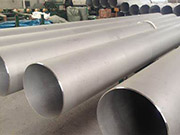
What should be done when the cooling of large-diameter steel pipe ends
(1) When the cooling is over, that is, when the temperature of the surface layer and the core are all the same, the elastic deformation of the surface layer and the core will also disappear and return to the original state. Although instantaneous thermal stress is generated du...Read more -
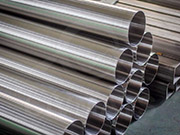
How to deal with the oxide skin on the sanitary stainless steel pipe
There are mechanical methods, chemical methods, and electrochemical methods to remove scale on sanitary stainless steel pipes. Due to the complexity of the scale composition of sanitary stainless steel pipes, it is not easy to remove the oxide scale on the surface and make the...Read more -
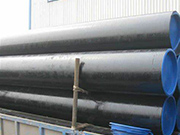
How to improve the wall thickness accuracy of reinforced 3pe anti-corrosion steel pipe
Now the application of reinforced 3pe anti-corrosion steel pipe is more, however, because the wall thickness accuracy of reinforced 3pe anti-corrosion steel pipe is not high, there is a phenomenon of uneven thickness, which will have a great impact on the performance of reinfo...Read more -
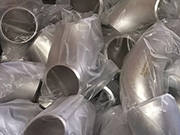
What are the advantages of seamless steel elbows
The seamless steel elbow has the following advantages: hygienic and non-toxic, light in weight, good heat resistance, good corrosion resistance, good heat preservation, good impact resistance, and long service life 1. Hygienic and non-toxic: the material is completely composed...Read more -
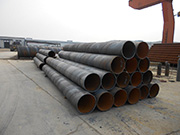
Two Possibilities of Surface Defect Formation of Spiral Steel Pipe
There are two possibilities for the formation of surface defects in spiral steel pipes: one is that the plasticity of the material itself is not good during the deformation process, resulting in cracks and outward folding; Cracks and folds. 1. Thermal simulated tensile test re...Read more -
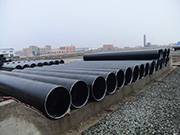
Temperature and lubrication problems in the production process of straight seam steel pipes
In the process of producing straight seam steel pipes, the temperature must be strictly controlled, to ensure the reliability of welding. If the temperature is too low, it may cause the welding position to fail to reach the temperature required for welding. When most of the me...Read more -
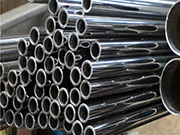
What are the common classifications of stainless steel pipes in the market
1. Production method of stainless steel pipe: Stainless steel welded pipes are divided into two categories: seamless pipes and welded pipes according to the production method. Seamless steel pipes can be divided into hot-rolled pipes, cold-rolled pipes, cold-drawn pipes, and e...Read more -
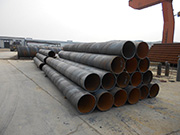
How to prevent the spiral steel pipe from being damaged during transportation
1. The fixed-length spiral steel pipe may not be bundled. 2. If there are threaded buckles at both ends of the spiral steel pipe, it should be protected by a thread protector. Apply lubricating oil or anti-rust agent to the threaded fasteners. Both ends of the spiral steel pip...Read more -
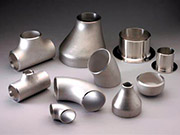
Precautions for welding stainless steel pipe fittings
1. To prevent corrosion due to heating, the welding should not be too long, which is about 20% less than that of carbon steel electrodes. 2. Stainless steel pipe fittings harden quickly after welding, which is easy to crack. If it is welded with typical stainless steel pipe fi...Read more

